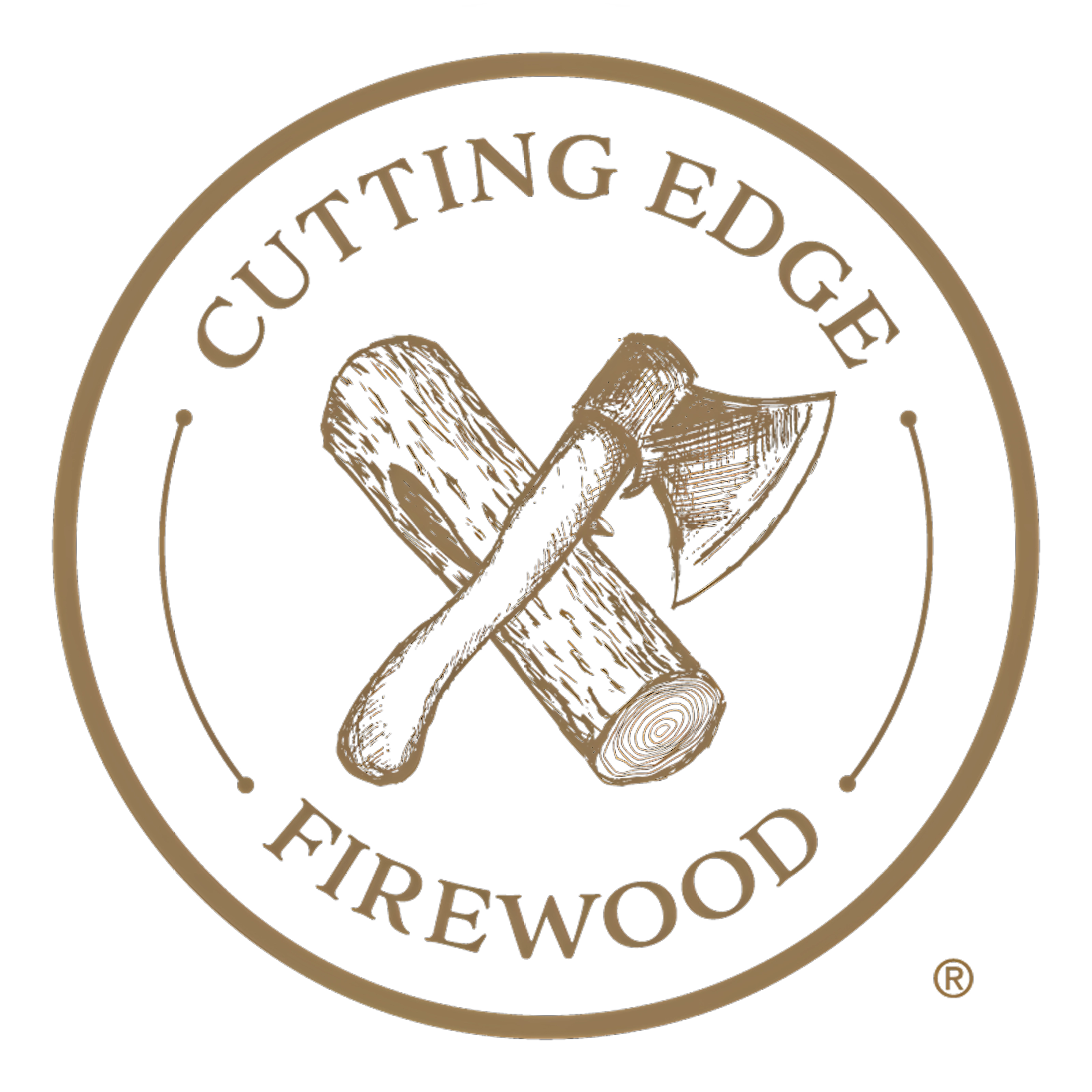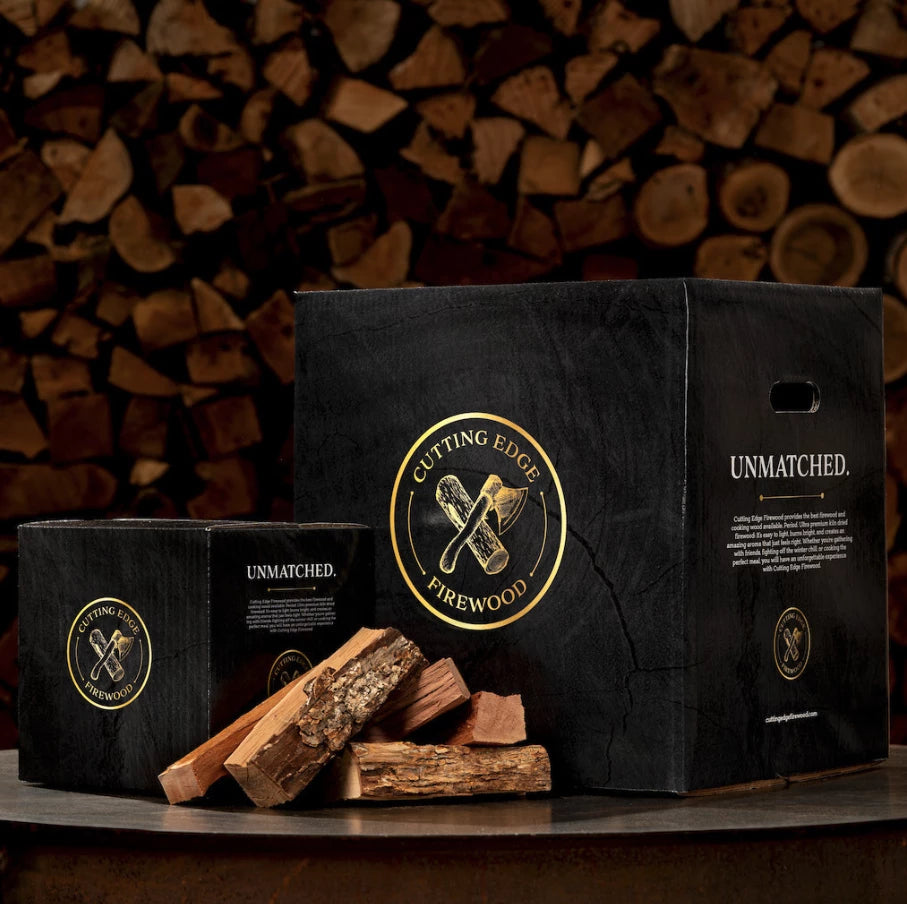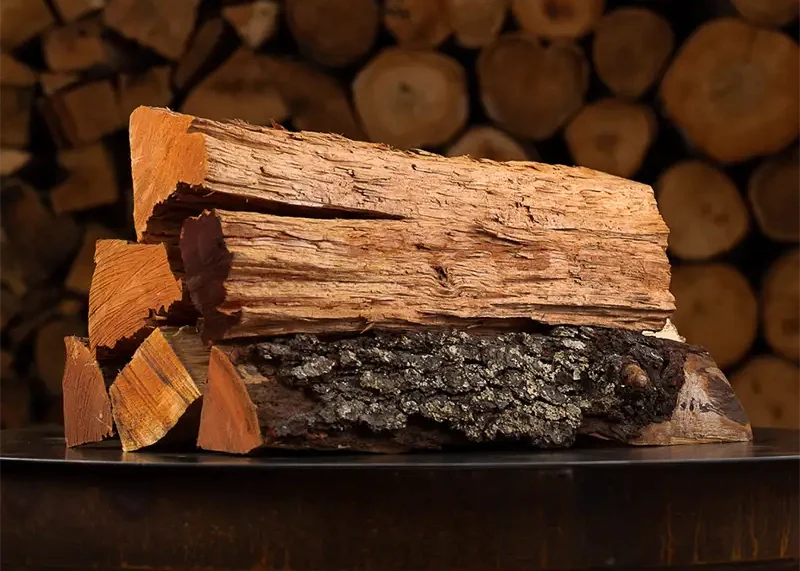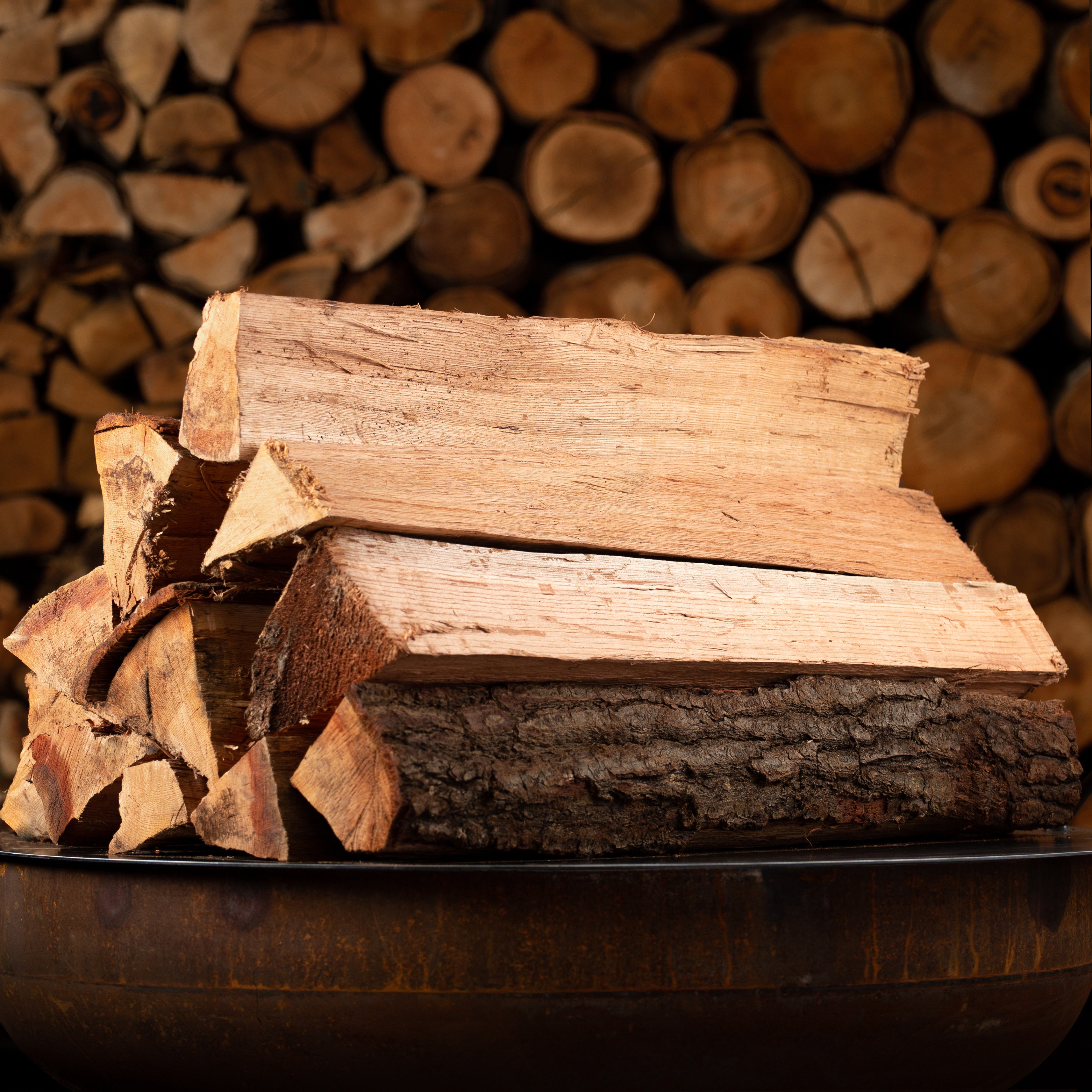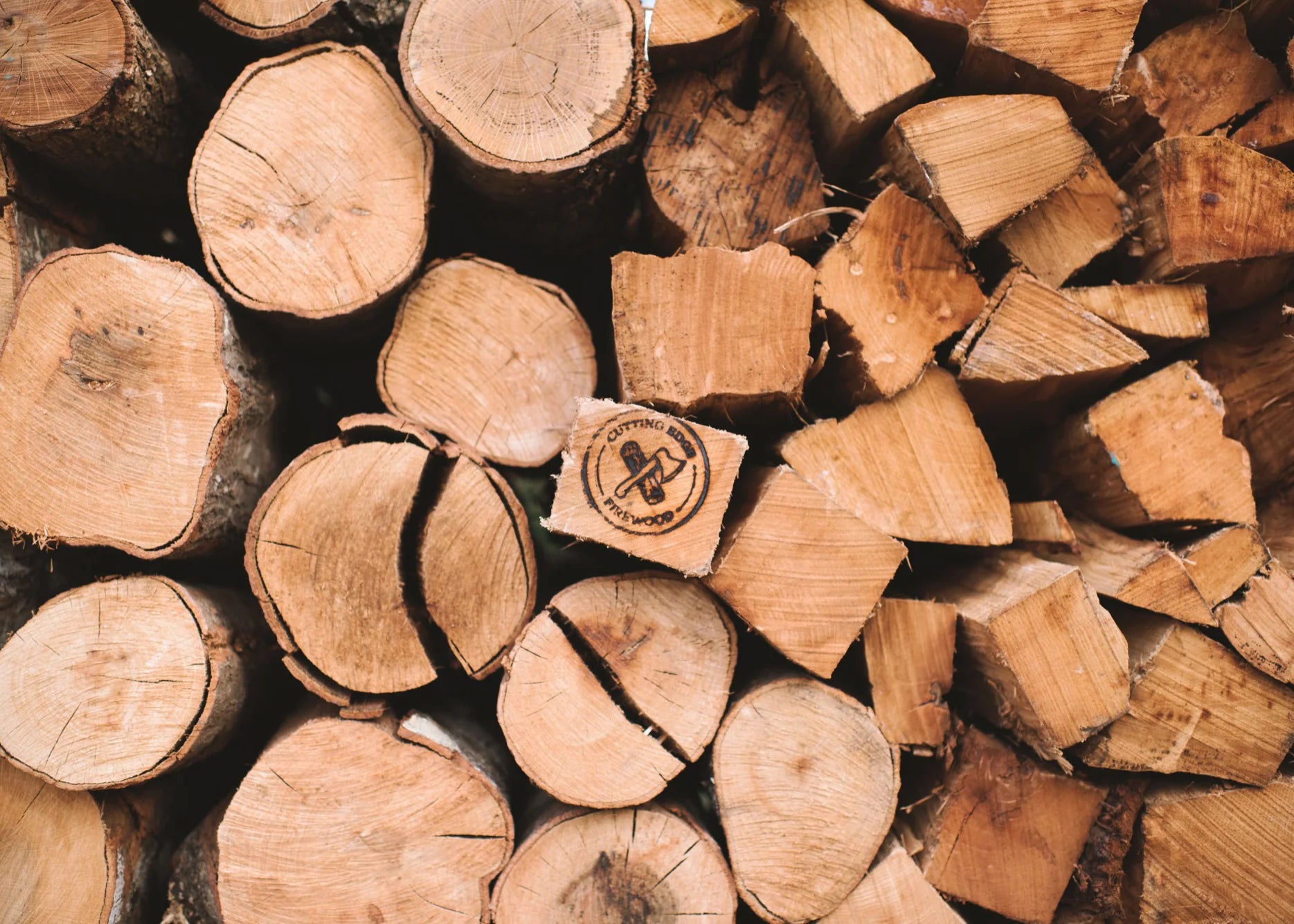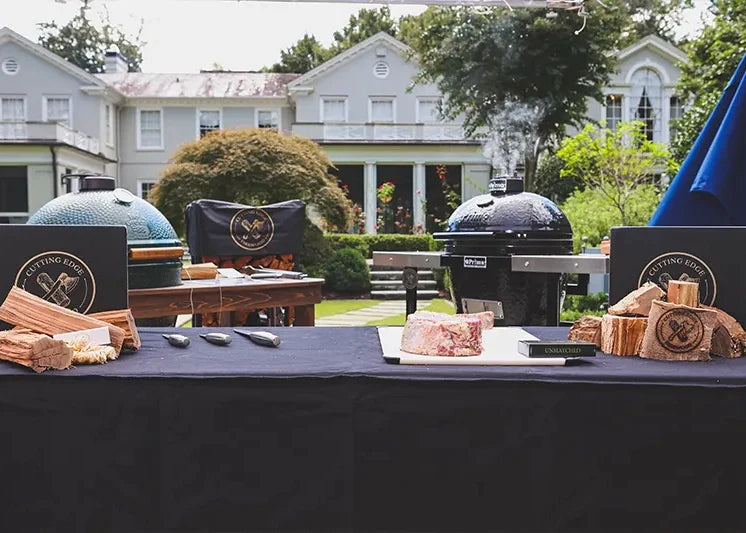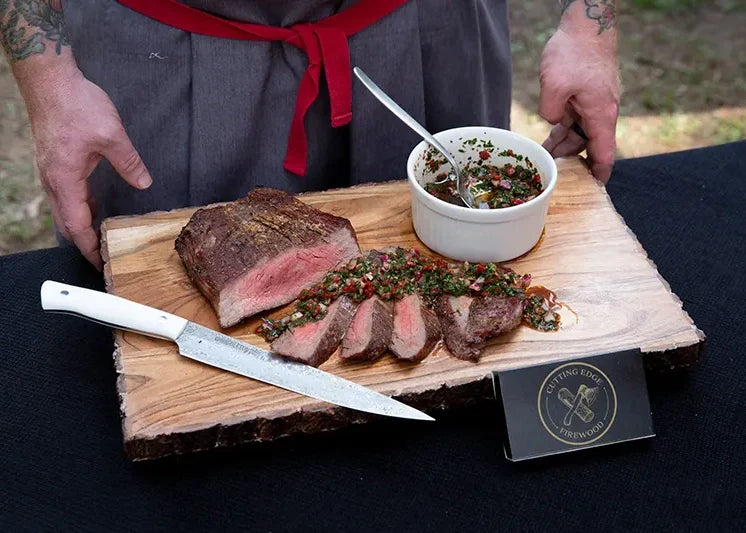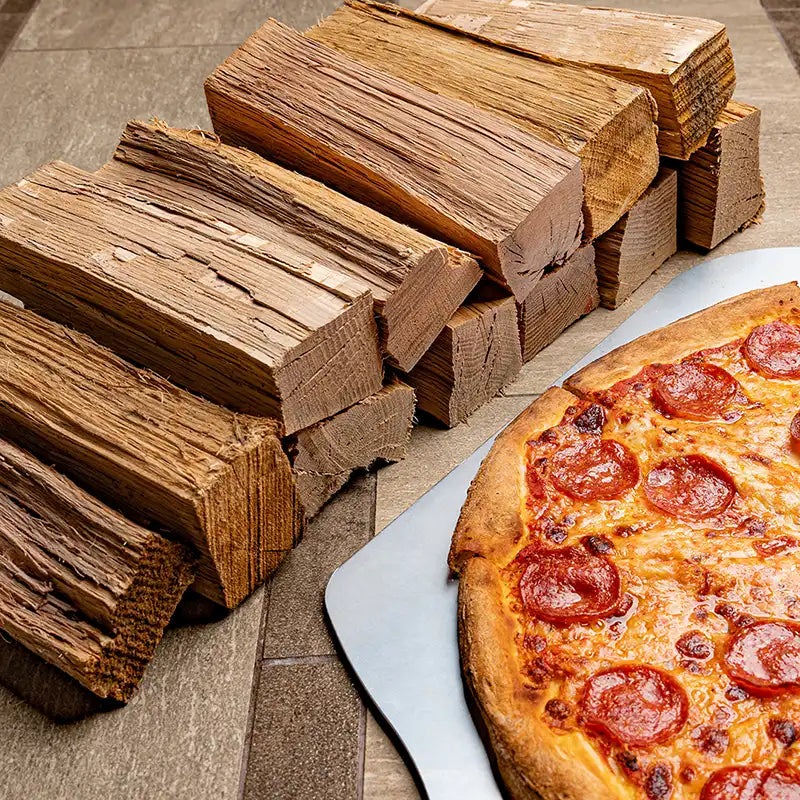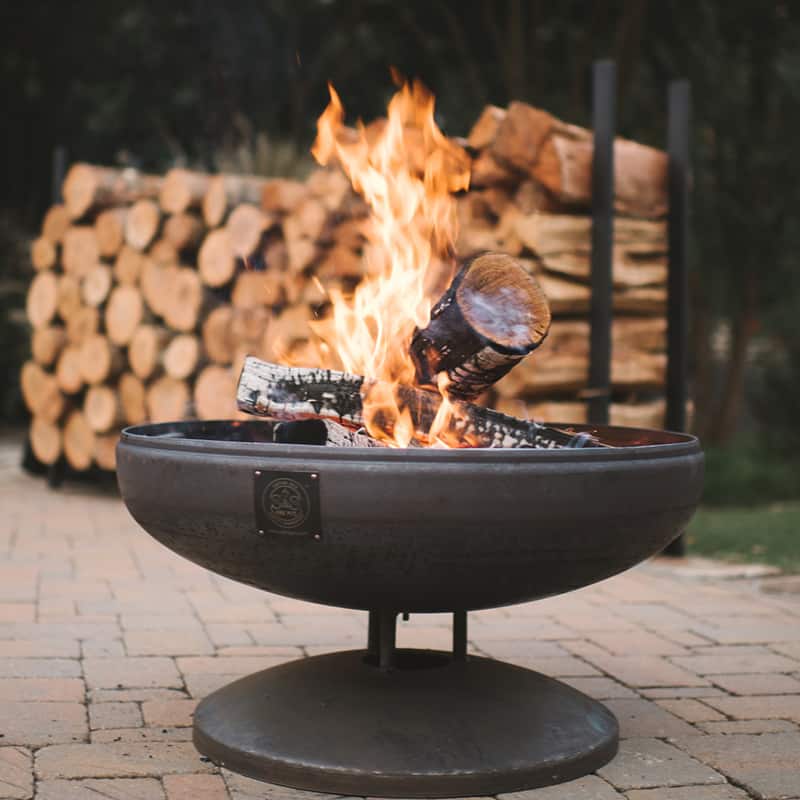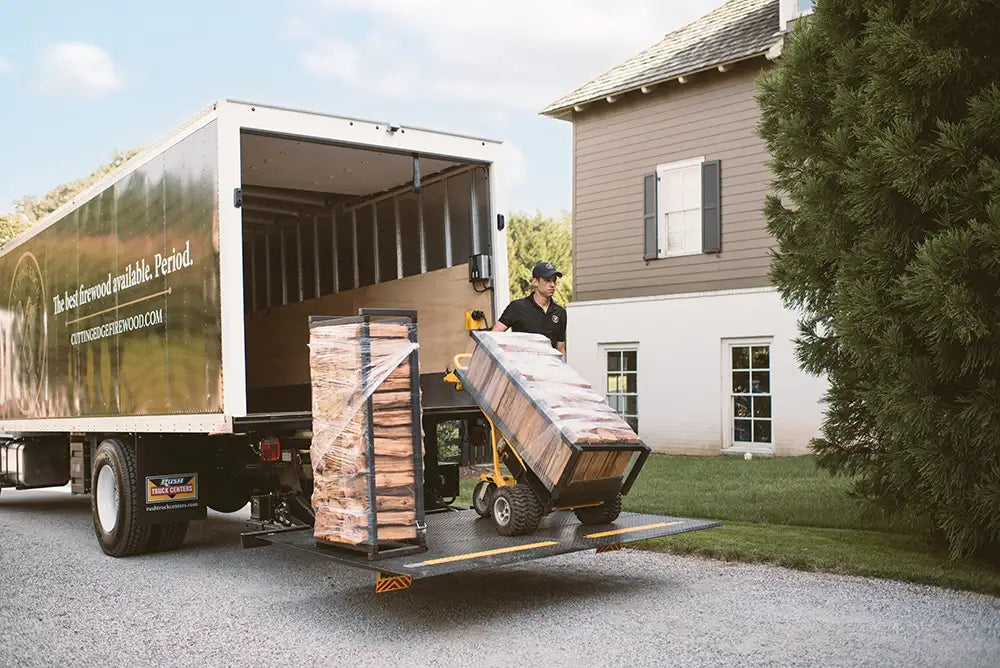It's frustrating when you get ready to start a fire, only to realize that you're out of firewood. By maintaining a supply of firewood, you and your family can enjoy the mood-boosting benefits of a backyard fire throughout the year. However, you should follow some basic precautions to protect against injury when storing and using firewood. While firewood-related injuries are uncommon, they can occur. You can prevent them, though, by following these firewood safety tips.
Keep Firewood Stacks Under 4 Feet
Avoid stacking firewood taller than 4 feet. When firewood is stacked too high, it may collapse. And if you're standing nearby when this happens, some of the pieces may fall on you. This is one of the reasons why both full cords and half cords are about 4 feet tall. You can stack firewood on a wooden pallet or similar off-the-ground surface, or you can use a rack, the latter of which is recommended because it provides a more stable and secure area to store firewood.
Remove Firewood From the Top First
Always remove firewood from the top of the stack first. Attempting to pull out a log from the bottom just because it's a more desirable size is akin to playing a game of Jenga: The stack may hold, but it could also topple over, sending all your firewood falling to the ground below. You can prevent this from happening by removing firewood from the top and working your way to the bottom.
Don't Burn Wet Wood
Never burn wet wood. Whether you're using it in a campfire, fire pit, fireplace or a wood-burning stove, you should only burn dry wood that's been properly seasoned or kiln dried. When wood is initially harvested from a tree, it contains more than 90% moisture. Known as green wood, it's difficult to ignite, produces less heat and creates lots of soot-rich smoke. A University of Illinois study cited by Hunker also found that burning wet or green wood in a fireplace causes creosote to build up. As creosote accumulates, it can lead to a devastating explosion. With seasoned and kiln-dried firewood having only small amounts of moisture, however, this isn't a concern. You can burn dry firewood such as this without worrying about excess smoke being produced. It burns hot, clean and efficiently, all while producing minimal smoke.
Wear Gloves When Handling Firewood
If you only need one or two logs to keep your fire going, you don't necessarily need to wear gloves when handling firewood. But if you're moving or handling entire stacks, a pair of gloves is an invaluable safety accessory that can protect your hands from injury. According to the American Academy of Family Physicians (AAFP), wood is the most common type of splinter. When handling firewood with your bare hands, a small fragment may become dislodged and embedded into your skin. Even if it's not painful, wood splinters must be removed to protect against infection. The good news is that you can protect your hands from firewood-related splinters, cuts and scraps by wearing gloves.

Avoid Using Gasoline or Charcoal Lighter Fluid
Never use gasoline or charcoal lighter fluid to ignite your firewood. Accelerants such as these are difficult to control and often result in large fireballs. The fumes from gasoline, for example, can rise into the air where it's ignited by the fire, resulting in a large but short-lived fireball. If you happen to be standing nearby when this happens, it could burn your skin and hair. Furthermore, using gasoline or charcoal lighter fluid to start a fire creates toxic gases to which you are exposed. Instead of using an accelerant, consider starting your fire with fire starters. It's a far safer way to start fire that won't expose you to potential injury.
Create Minimum of 10 Feet Clearance When Burning Firewood
When building a fire, you should create a minimum of 10 feet clearance in all directions. In other words, your fire should be at least 10 feet away from all structures and combustible objects. This is necessary to protect nearby structures from accidentally catching fire.
Beware of the Hot Ash
Don't assume that your grill or fire pit is cool just because the firewood has burned down to ash and is no longer glowing red. Ashes can stay hot for up to 48 hours, as the upper and bottom layers act as insulation for the middle layer. Therefore, you should err on the side of caution by assuming that your ashes are still hot. If you want to clean the ash from your grill or fire pit, use an ash shovel to scoop and move it into a metal can.
If you're interested in buying high-quality firewood, visit our order page today. Cutting Edge Firewood is the premier vendor of high-quality firewood and fireside accessories.
